Prev Next
- SQL JOINS are used to combine rows/records from different tables.
- Rows can be combined from either 2 tables or more than 2 tables as per our need using SQL JOINS. The result will be displayed as single table after combining.
Uses of SQL JOIN clause:
- Generally, SELECT SQL can select columns only from one table. But, with the help of SQL JOINS, SELECT SQL can select any columns from any table.
- SQL joining is possible between 2 tables when there is at least one common column available in those tables.
- SQL INNER JOIN is the most common join used for joining 2 tables. This type of join is also called as ‘simple join’.
There are different JOINS that can be performed in SQL. They are,
- SQL – Inner Join (Simple Join)
- SQL – Left Join (Left outer join)
- SQL – Right Join (Right outer join)
- SQL – Full Join (Full outer join)
- SQL – Self Join
- SQL – Cartesian Join or Cross join
SQL – Inner Join:
Table1, Table2
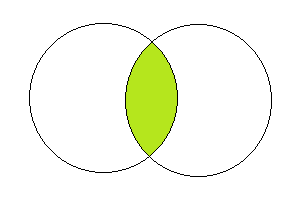
SQL – Left Join:
Table1, Table2
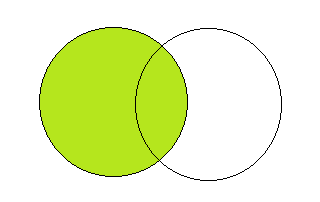
SQL – Right Join:
Table1, Table2
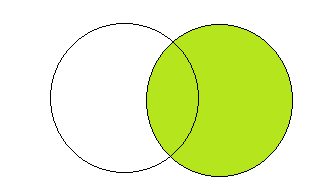
SQL – Full Join:
Table1, Table2
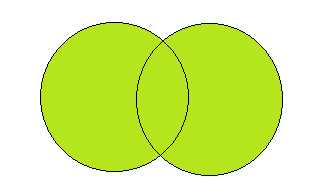
SQL – Self Join:
Table1 & Table2

SQL – Cartesian Join:
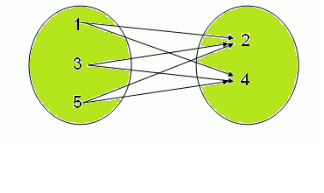
| Type of SQL JOINS | Description |
| SQL – Inner Join (Simple Join) | It is used to combine two or more tables together using the matching columns from both tables. |
| SQL – Left Join (Left outer join) | LEFT JOIN selects all records from left table and also selects all matching records from the right table. |
| SQL – Right Join (Right outer join) | RIGHT JOIN selects all records from right table and also selects all matching records from the left table. |
| SQL – Full Join (Full outer join) | FULL JOIN selects and returns all records from both left and right tables. |
| SQL – Self Join | Self Join is used to join a table to itself. |
| SQL – Cartesian Join or Cross Join | Cartesian Join returns the Cartesian products of 2 or more tables joined together. |
